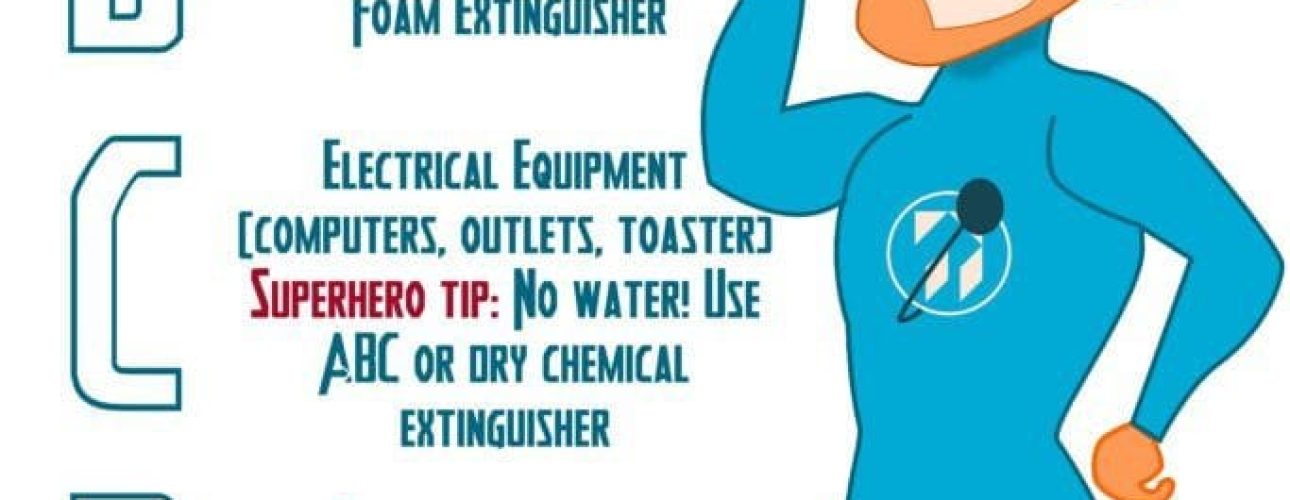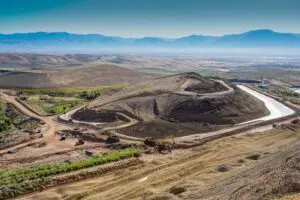Frequently Asked Questions
Does sand put out fire instantly?
Sand can effectively smother a fire, but it may not extinguish it instantly. It works by cutting off the fire's oxygen supply, which can take time depending on the fire's size and intensity.
Can sand put out an electrical fire?
Sand can effectively smother an electrical fire by cutting off the oxygen supply. However, using it is not recommended as a primary method; specialized fire extinguishers are safer and more effective for electrical fires.
Does sand smother or cool a fire?
Sand smothers a fire rather than cools it. By covering a fire, sand can deprive it of oxygen, which is essential for combustion, thus helping to extinguish the flames effectively.
How does sand extinguish a flame?
Sand extinguishes a flame by smothering it, cutting off its oxygen supply and absorbing heat, which helps to cool the fire and prevent it from reigniting.
Is sand effective in putting out electrical fires?
Sand is not effective for extinguishing electrical fires. It can interfere with electrical equipment and may not stop the fire spread. For electrical fires, it's essential to use a Class C fire extinguisher specifically designed for such hazards.
Can sand be used to put out grease fires?
Sand can be used to extinguish grease fires. It smothers the flames, cutting off oxygen, but it should only be a last resort, as a fire extinguisher is the safest and most effective method for controlling such fires.
Can wet sand put out a fire?
Wet sand can be effective in extinguishing certain types of fires. It helps smother the flames by cutting off the fire's oxygen supply and absorbs heat, making it a useful option in specific situations, particularly for smaller fires.
Is sand effective against grease fires?
Sand is not effective against grease fires. While it can smother flames by cutting off oxygen, extinguishing such fires typically requires a class K fire extinguisher specifically designed for cooking oils and fats.
Is sand a fire extinguishing agent?
Sand can be considered a fire extinguishing agent. It helps smother small fires by cutting off the oxygen supply, making it effective for certain types of fires, especially those involving flammable solids.
Can sand put out all types of fires?
Sand can be used to extinguish some types of fires, particularly those involving flammable solids and liquids. However, it is not effective for all fires, such as those fueled by gases or electrical sources.
What types of fires can sand extinguish?
Sand can effectively extinguish Class A fires (ordinary combustibles), Class B fires (flammable liquids), and Class D fires (combustible metals) by smothering the flames and depriving them of oxygen.
How quickly does sand extinguish flames?
The speed at which sand extinguishes flames depends on the fire's size and intensity. Generally, sand can effectively smother a fire within seconds by cutting off the oxygen supply, thus quickly halting its spread.
Can sand cool down hot surfaces effectively?
Sand can effectively cool down hot surfaces due to its ability to absorb heat, but its effectiveness may vary based on factors like moisture content and environmental conditions.
Is sand suitable for all fire classes?
Sand is not suitable for all fire classes. It can effectively smother Class A fires (solid materials) and some Class B fires (flammable liquids), but it is not recommended for Class C (electrical) or Class D (metal) fires.
What are the limitations of sand in firefighting?
The limitations of sand in firefighting include its inability to extinguish liquid or gas fires effectively, potential for creating hazardous conditions when spreading, and difficulty in removal after use, making it less practical for certain firefighting scenarios.
How does sand interact with fire chemistry?
Sand interacts with fire chemistry by acting as a thermal insulator and smothering agent. When applied to a fire, it suppresses oxygen supply and absorbs heat, thereby helping to extinguish flames and prevent the spread of fire.
Can sand prevent fire spread in fires?
Sand can help prevent fire spread in fires by smothering flames and cutting off the oxygen supply, making it an effective barrier in certain situations. However, it should be combined with proper safety measures for maximum effectiveness.
Is dry sand more effective than wet sand?
Dry sand is generally more effective than wet sand for applications like fire suppression, as it can smother flames by cutting off oxygen. Wet sand may create a barrier but can also hinder the smothering effect needed to extinguish fires.
What conditions impact sands fire-extinguishing ability?
The conditions that impact sand's fire-extinguishing ability include the sand's moisture content, grain size, and temperature. Dry, fine-grained sand tends to be more effective at smothering flames compared to wet or coarse sand.
How much sand is needed for electrical fires?
The amount of sand needed for electrical fires typically depends on the size of the fire. Generally, a minimum of five gallons of dry sand is recommended to effectively smother small electrical fires.
Is there a specific technique for using sand?
The specific technique for using sand involves utilizing it as an effective fire suppressant by applying a uniform layer to smother flames, ensuring even distribution for optimal results. Always prioritize safety and follow proper fire safety guidelines.
How is sand used in fire safety training?
Sand is utilized in fire safety training as a practical extinguishing agent for small fires, particularly for Class A and B fires. It helps trainees practice safe extinguishment techniques without the risks associated with using water or chemical extinguishers.
Can sand be reused after extinguishing a fire?
Sand can be reused after extinguishing a fire; however, it should be carefully assessed for contamination. If the sand shows no signs of harmful residues, it can be repurposed. Always prioritize safety first.
What are alternatives to sand in fire suppression?
Alternatives to sand in fire suppression include dry chemical agents, foam, and water mist systems. These options effectively smother fires or cool down flames, providing safer and more efficient means of fire management.
How does the grain size of sand affect its efficacy?
The grain size of sand affects its efficacy in various applications, including filtration and construction. Finer grains provide better packing and filtration ability, while coarser grains offer improved drainage and structural stability.
What safety precautions exist when using sand?
Safety precautions when using sand include wearing appropriate protective gear, such as gloves and masks, to prevent inhalation of dust and skin irritation. Additionally, ensure proper ventilation in work areas to minimize respiratory risks.
Can sand mix with other extinguishing agents?
Sand can be mixed with certain extinguishing agents to enhance fire control, particularly for class B and C fires, but it is important to ensure compatibility to avoid diminishing effectiveness. Always consult specific guidelines for best practices.
Is sand readily available for emergency use?
Sand is often available for emergency use, especially in construction or industrial areas where it is stored for various applications. However, its accessibility can vary by location and circumstance, so it's best to check local resources promptly during an emergency.
How does sand compare to chemical fire suppressants?
Sand as a fire suppressant differs from chemical agents in its method of extinguishment; it suffocates the fire by blocking oxygen, while chemical suppressants interrupt combustion through chemical reactions. Sand is less effective on certain fires compared to targeted chemical solutions.
What is the best way to store sand for firefighting?
The best way to store sand for firefighting is to keep it in a dry, covered container to prevent moisture and contamination, ensuring it remains readily accessible and effective when needed.






